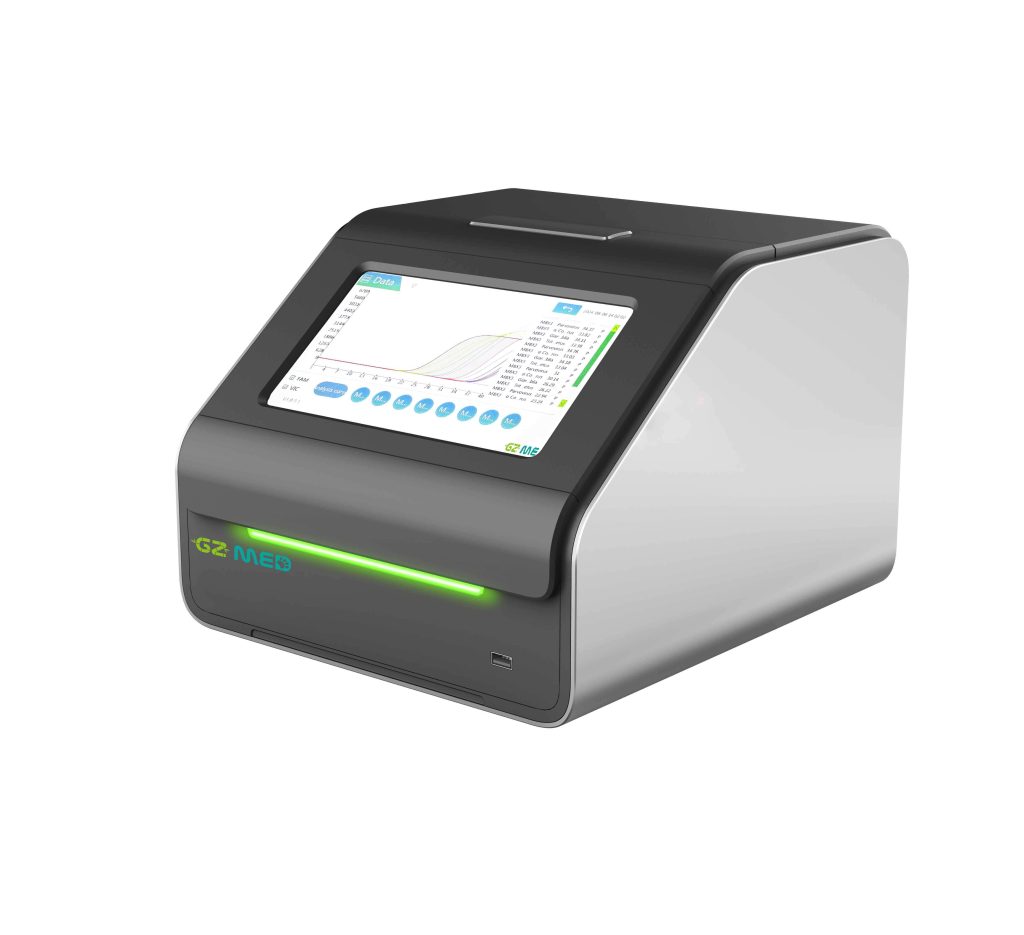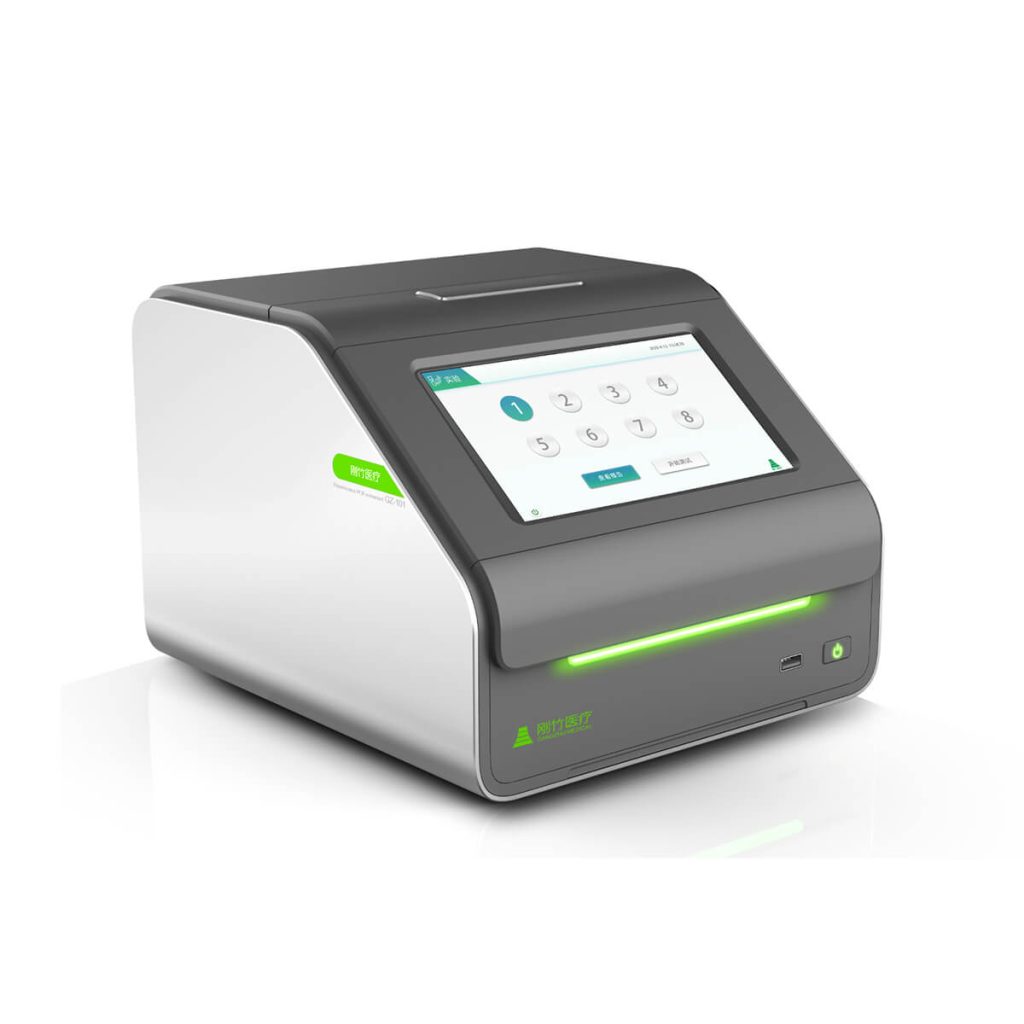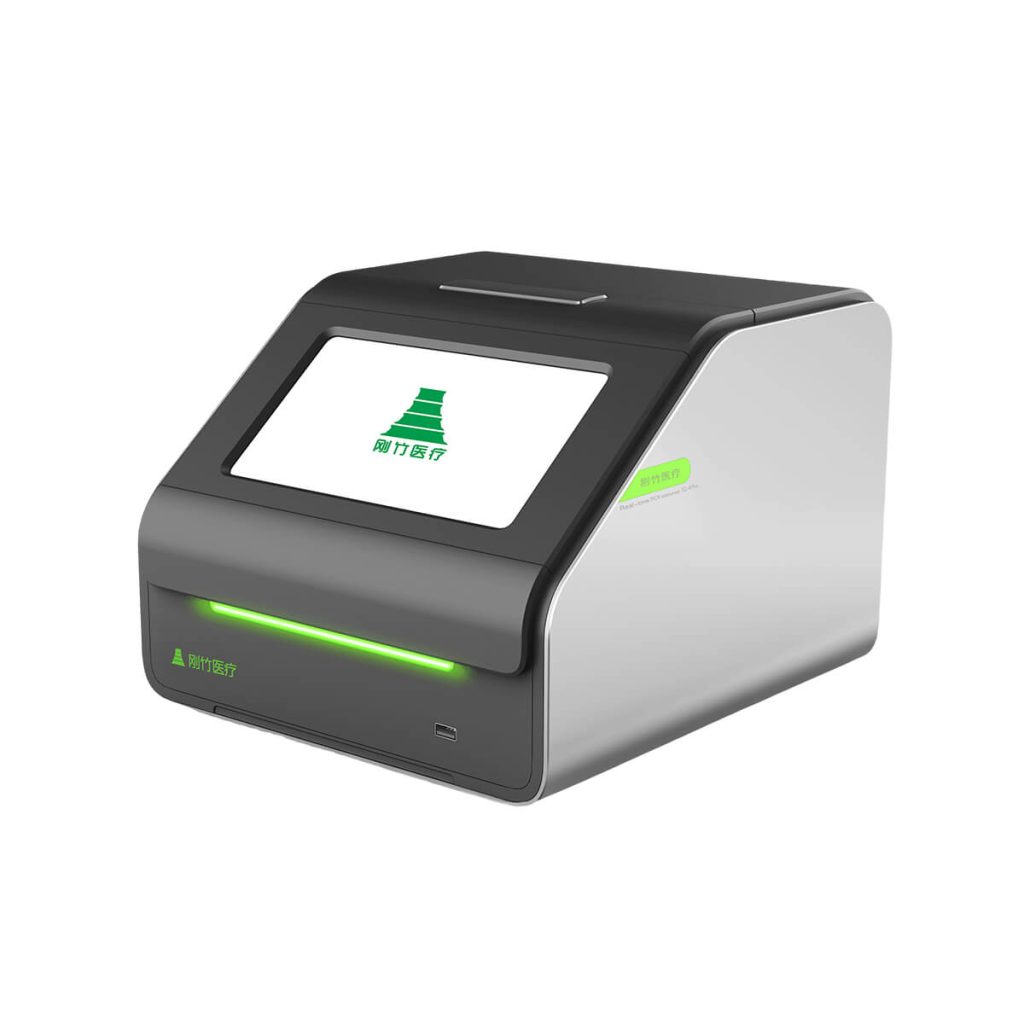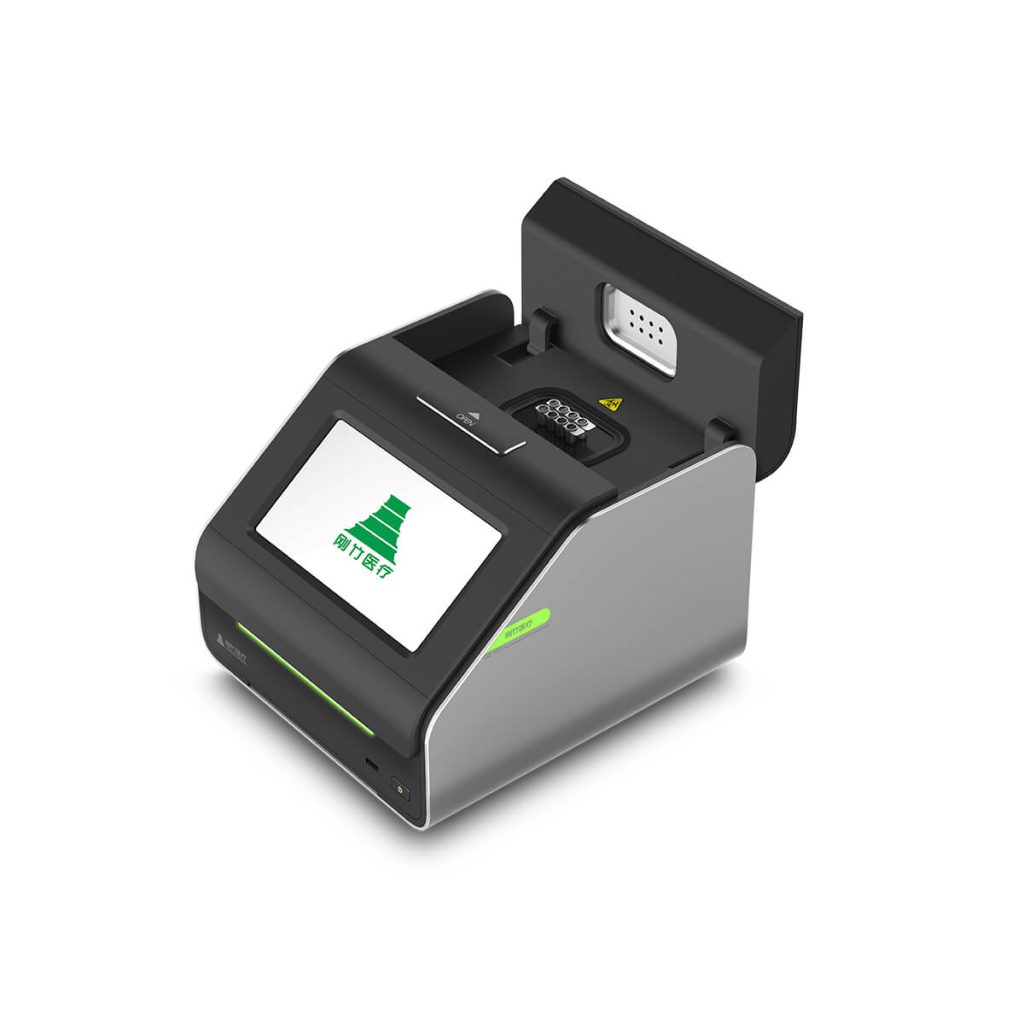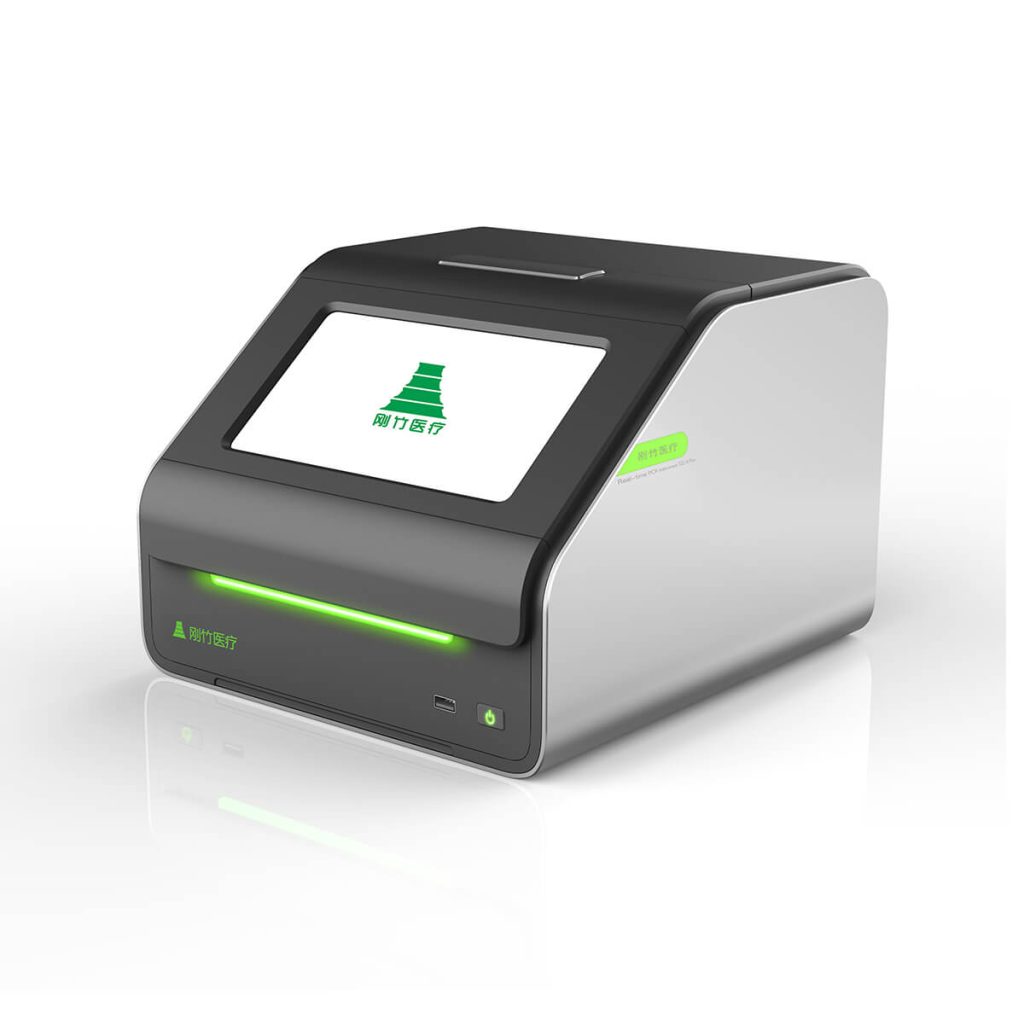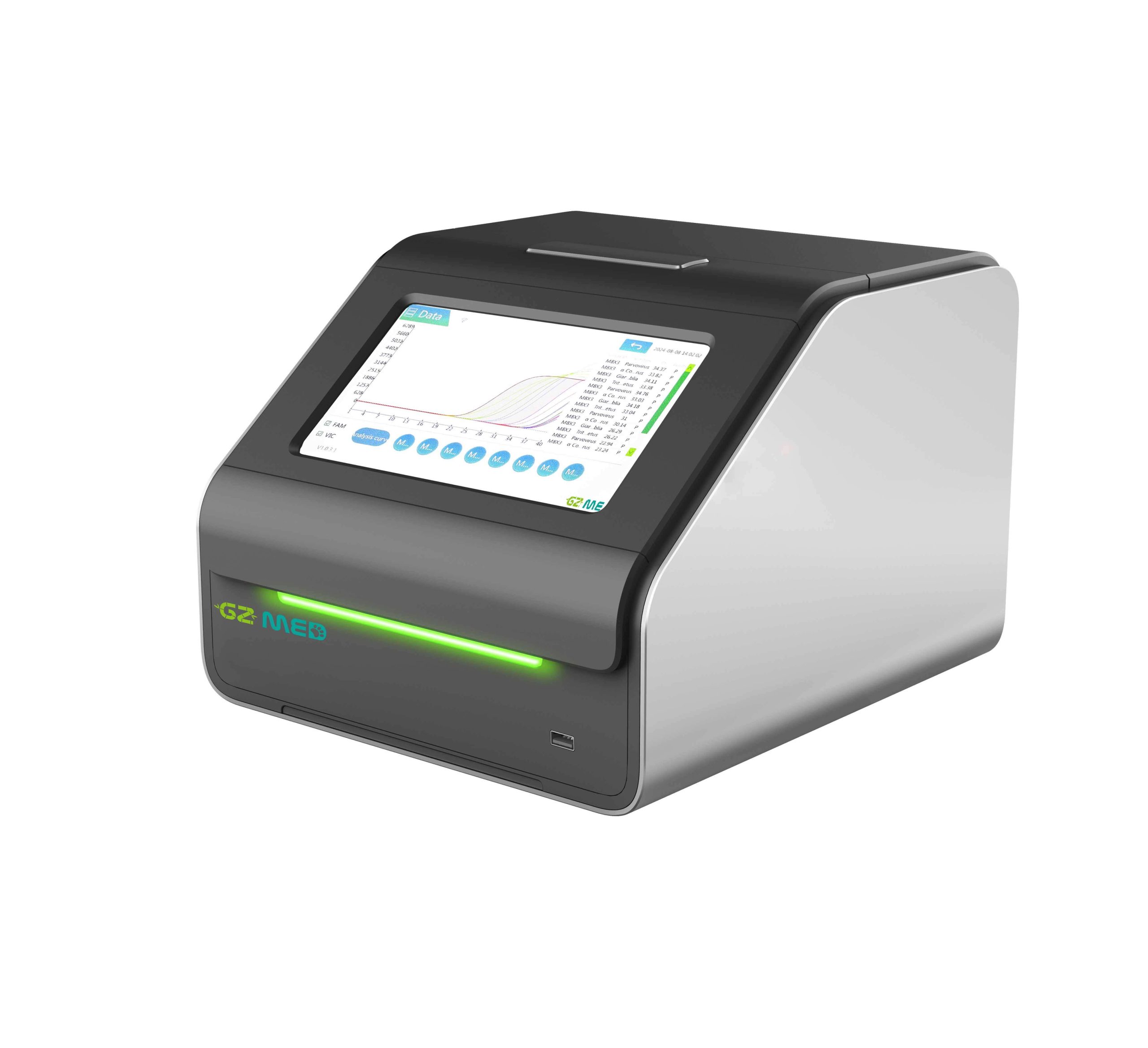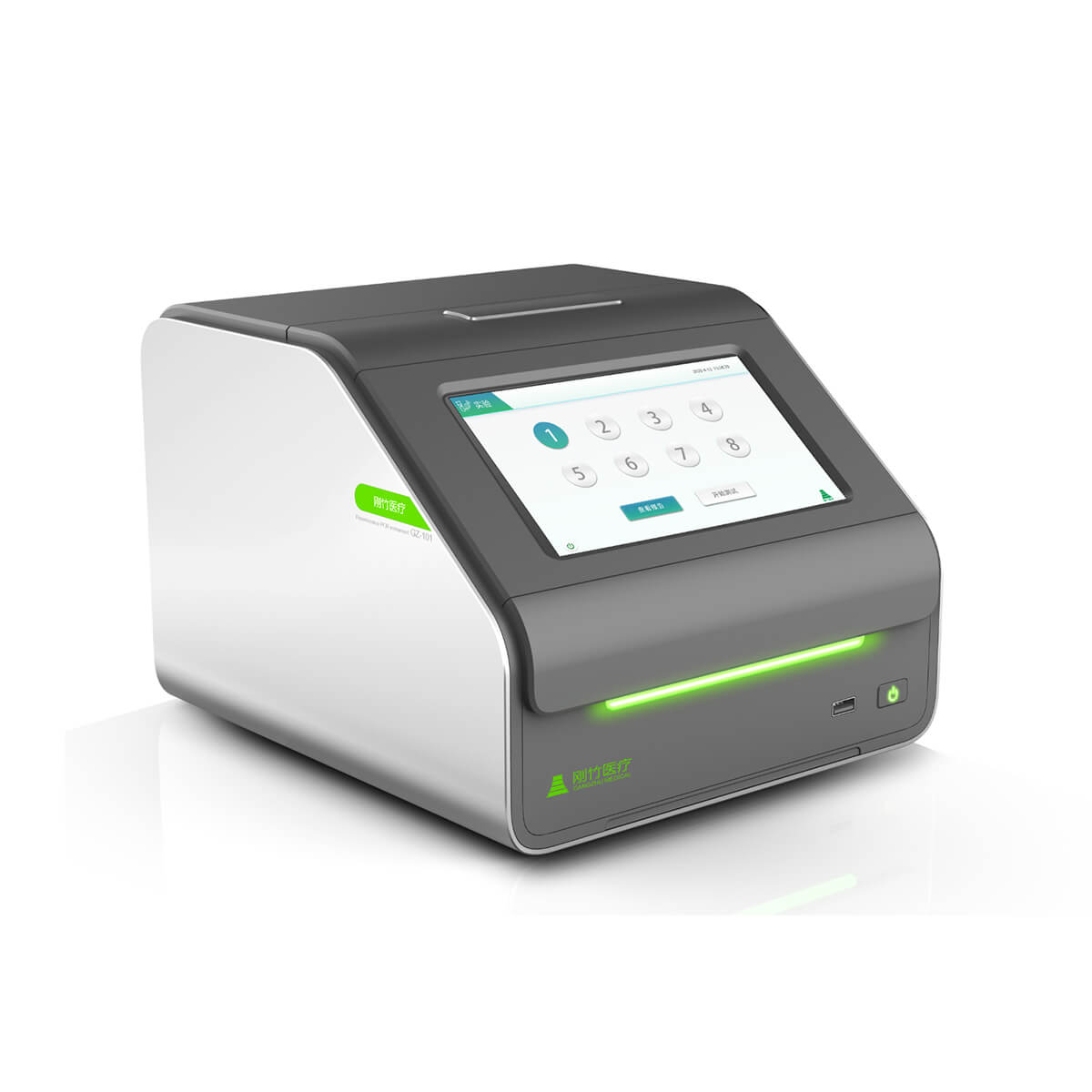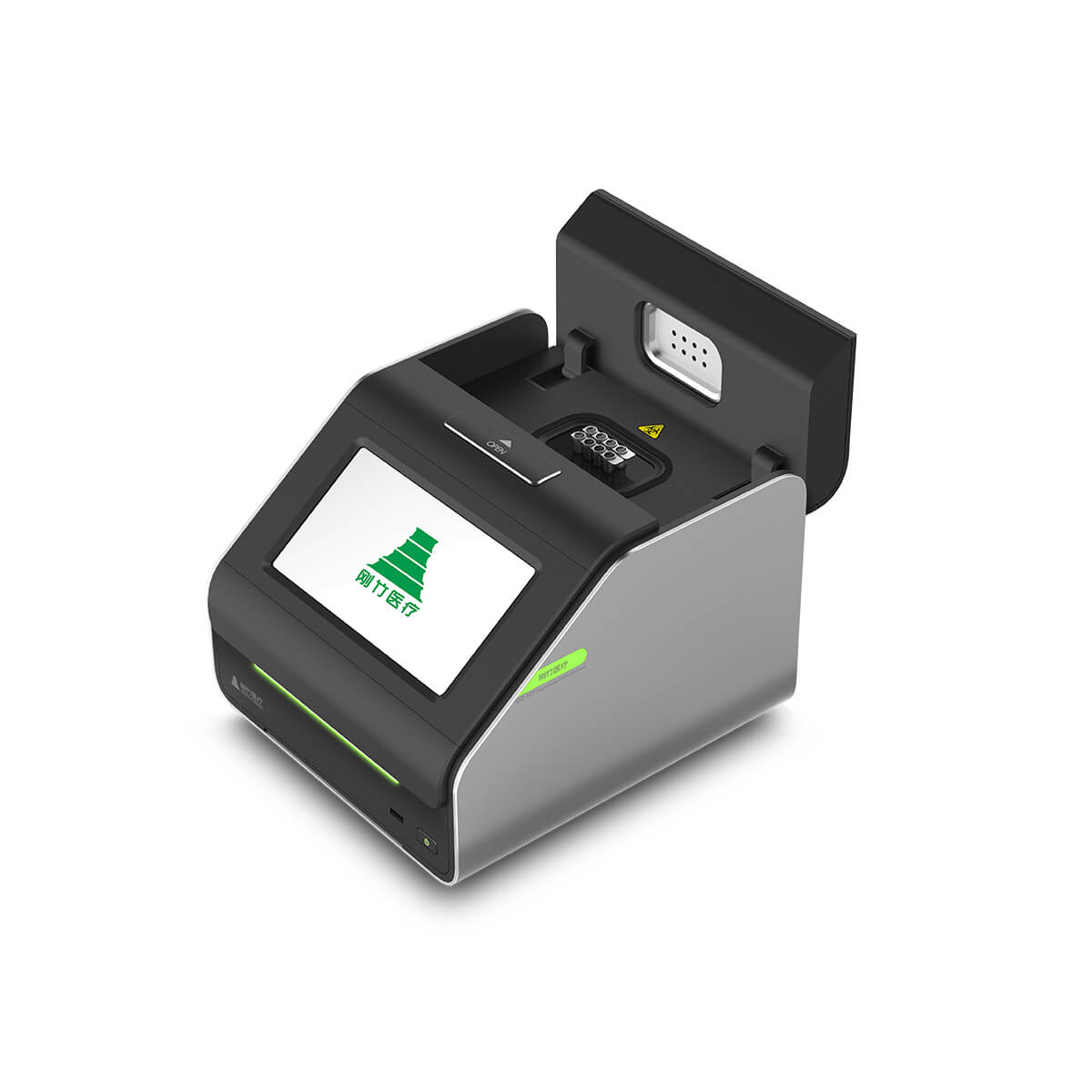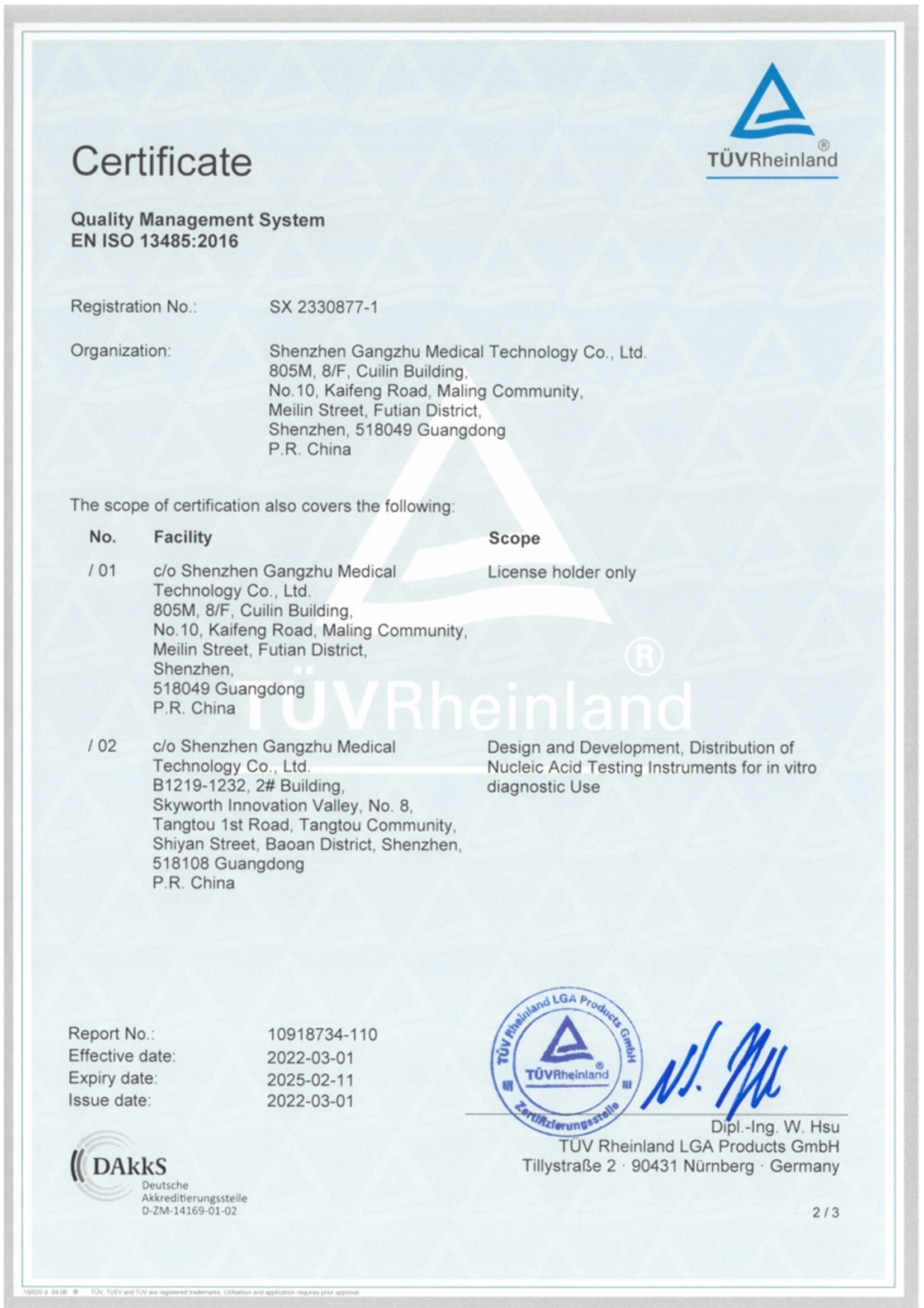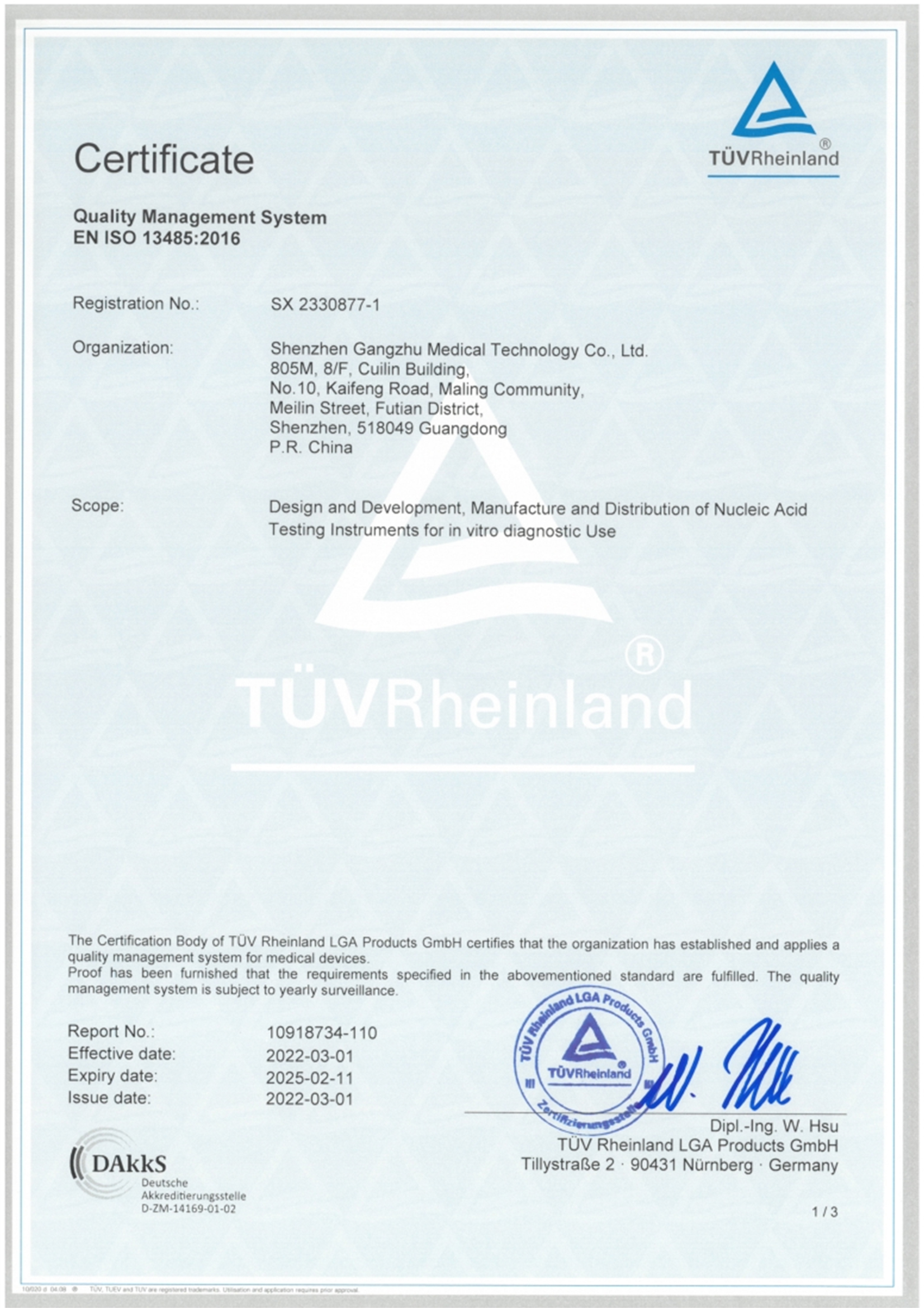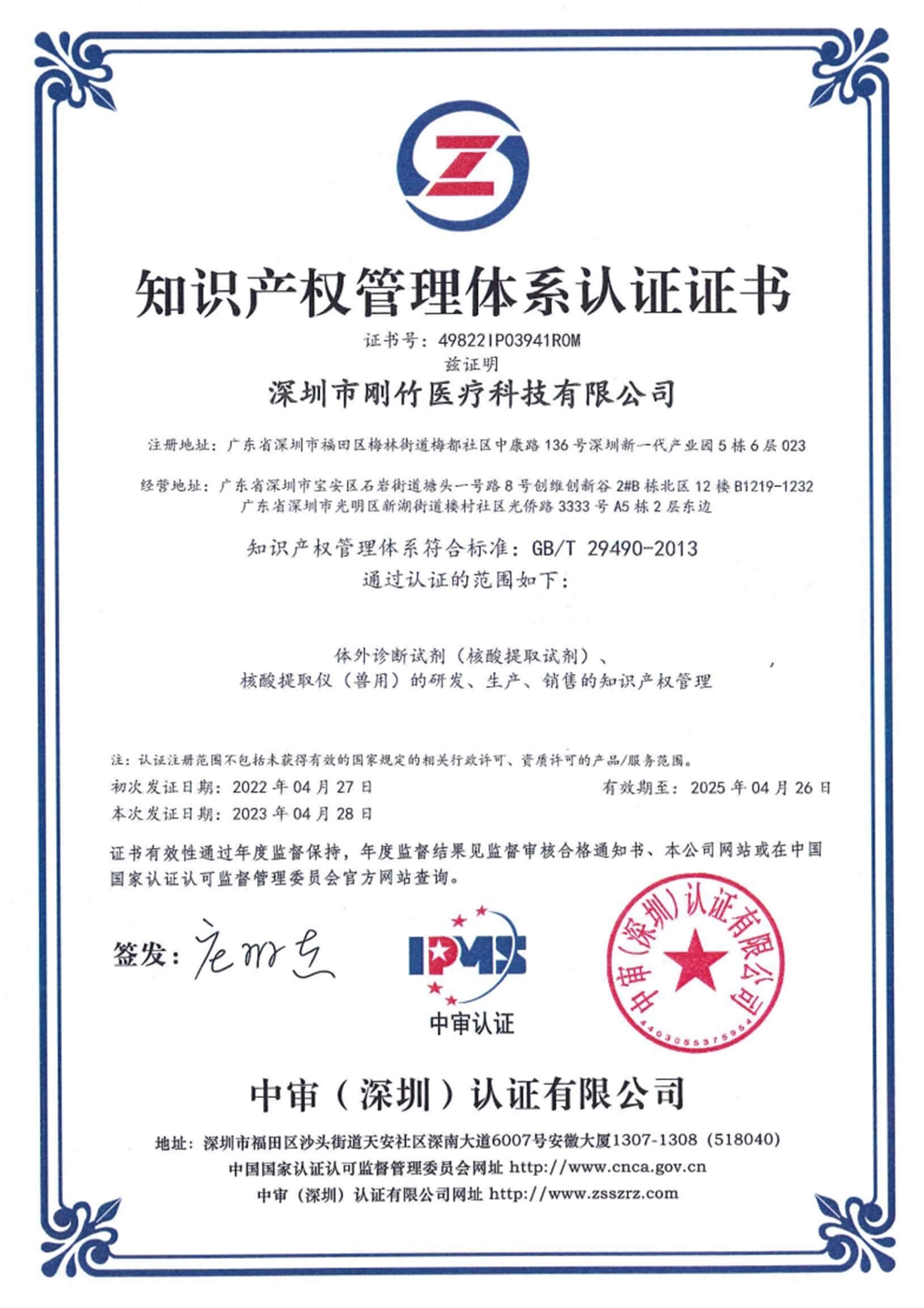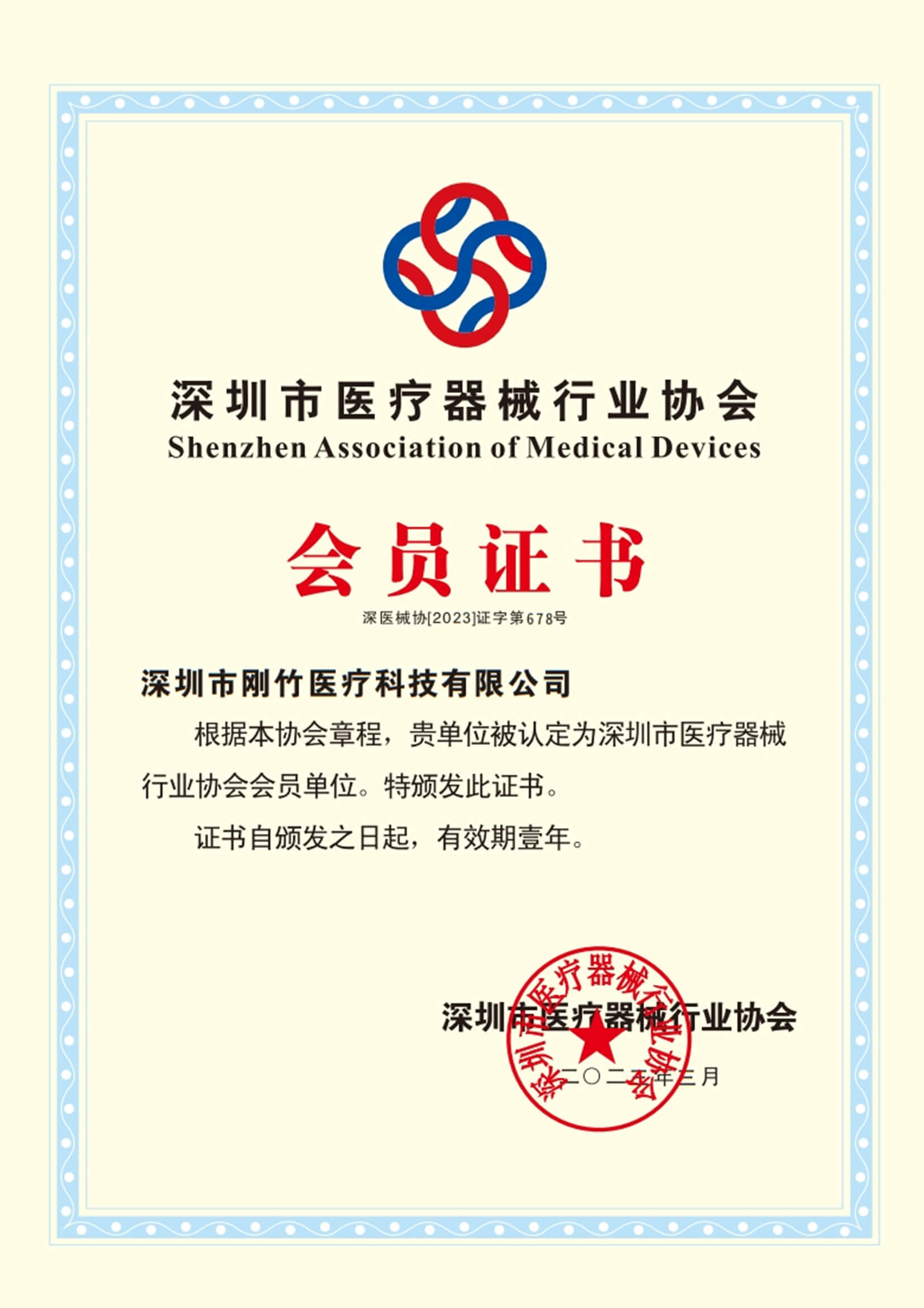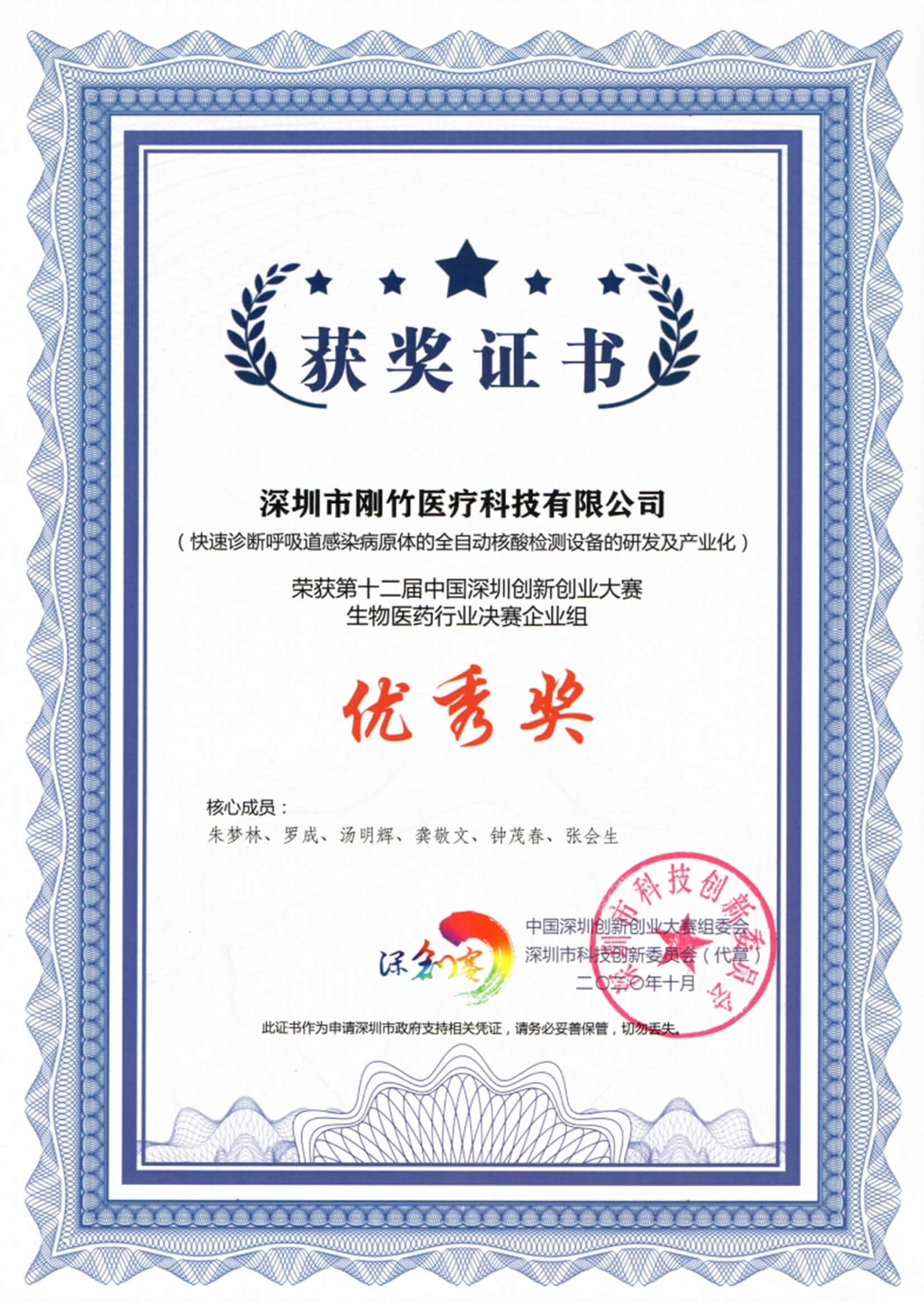GZ-8 Plus Portable real-time PCR instrument
GZ-8 Plus Provides professional infectious disease diagnostic solutions for pet hospitals, it is the preferred product for diagnosing of infectious diseases in the medical industry.
PCR-TaqMan technology provides high sensitivity and high specificity to ensure the accuracy of detection results, which is the gold standard for pathogen detection. Help pet owners to understand the potential hidden diseases of their pets in advance. Assist doctors in accurate diagnosis and targeted treatment of cats and dogs with diseases.
We can offer the OEM/ODM services of our products. The product can be customized according to your personalized requirements, including the brand, label, painting colors, and packing box. Please offer your design documents or tell us your ideas and our R&D team will do the rest.
| Basic Parameters | Size | 268*236*188 mm | Power frequency | 50Hz-60Hz |
| Voltage | AC 110V/220V | Communication Interface | WiFi, USB | |
| Weight | 4.5 Kg | Sample size | 8 wells*0.2ml | |
| Use Environment | Temperature | 10°℃-35℃ | Atmospheric pressure | standard atmospheric pressure |
| Humidity | 10%-95%RH, no condensation | Altitude | Below 2000 meters | |
| Fluorescence Detection System Performance | Light source | High brightness LED | Detector | PD |
| Sample Linear Range | 10-1E10 copy | Sample Linearity | R≥0.99 | |
| Thermal Parameters | Temperature accuracy | ±0.25℃ | Temperature control accuracy | ±0.1°℃ |
| Temperature uniformity | ±0.25°℃ | Heating and cooling rate | 6°C/S | |
| Optical Parameters | Excitation wavelength of the first channel | 495nm±10nm | Excitation wavelength of the second channel | 535nm±10nm |
| Detection wavelength of the first channel | 520nm±10nm | Detection wavelength of the second channel | 570nm±10nm |
ShenZhen GangZhu Medical PCR+Extractor operation video
Step 1: Put 20ul of extracted nucleic acid liquid into the test reagent tube.
Step 2: turn on the GZ-8plus instrument, connect wifi, then the screen will show 1-8 wells numbers like below:
Step 3: Choose a well to put the reagent tube in, and click the number of matching wells. Then type in the sample & other information below the interface.
Step 4: Click Run to start the test or put other reagent with samples in rest wells and run test.
Canine & Feline Pathogens
Concurrent Illnesses in Humans and Pets
Exotic Animal Pathogens
Animal health Genetic test: Tumor, Kidney disease, Blood Type(developing)
Consumer-Grade Genetic Testing for Pets(developing)
Certifications
As one of China’s leading Vet PCR manufacturers, we have the certifications according to different country rules. All the machines imported from our factory are high quality and safety guaranteed.
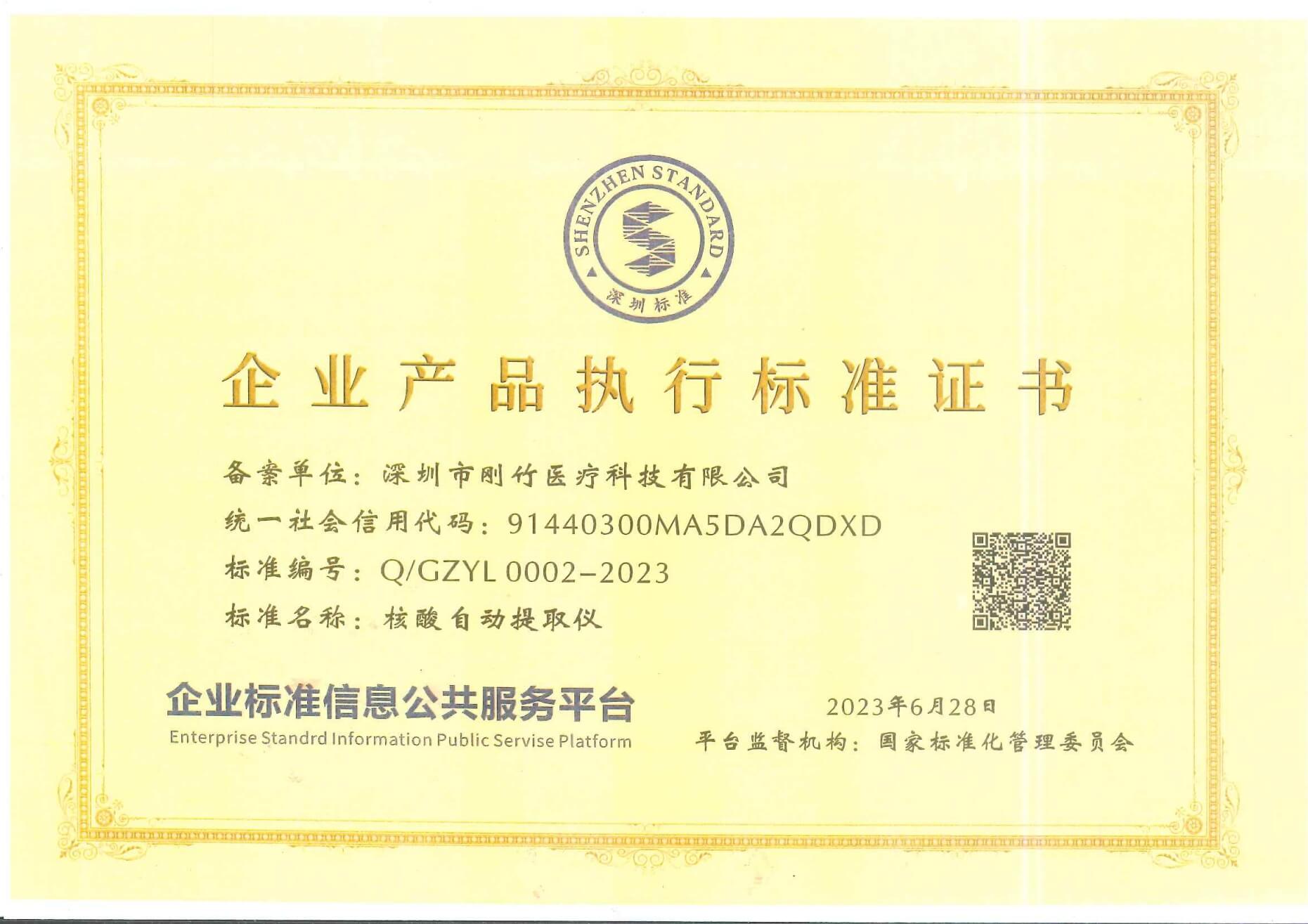 QGZYL0002-2023
QGZYL0002-2023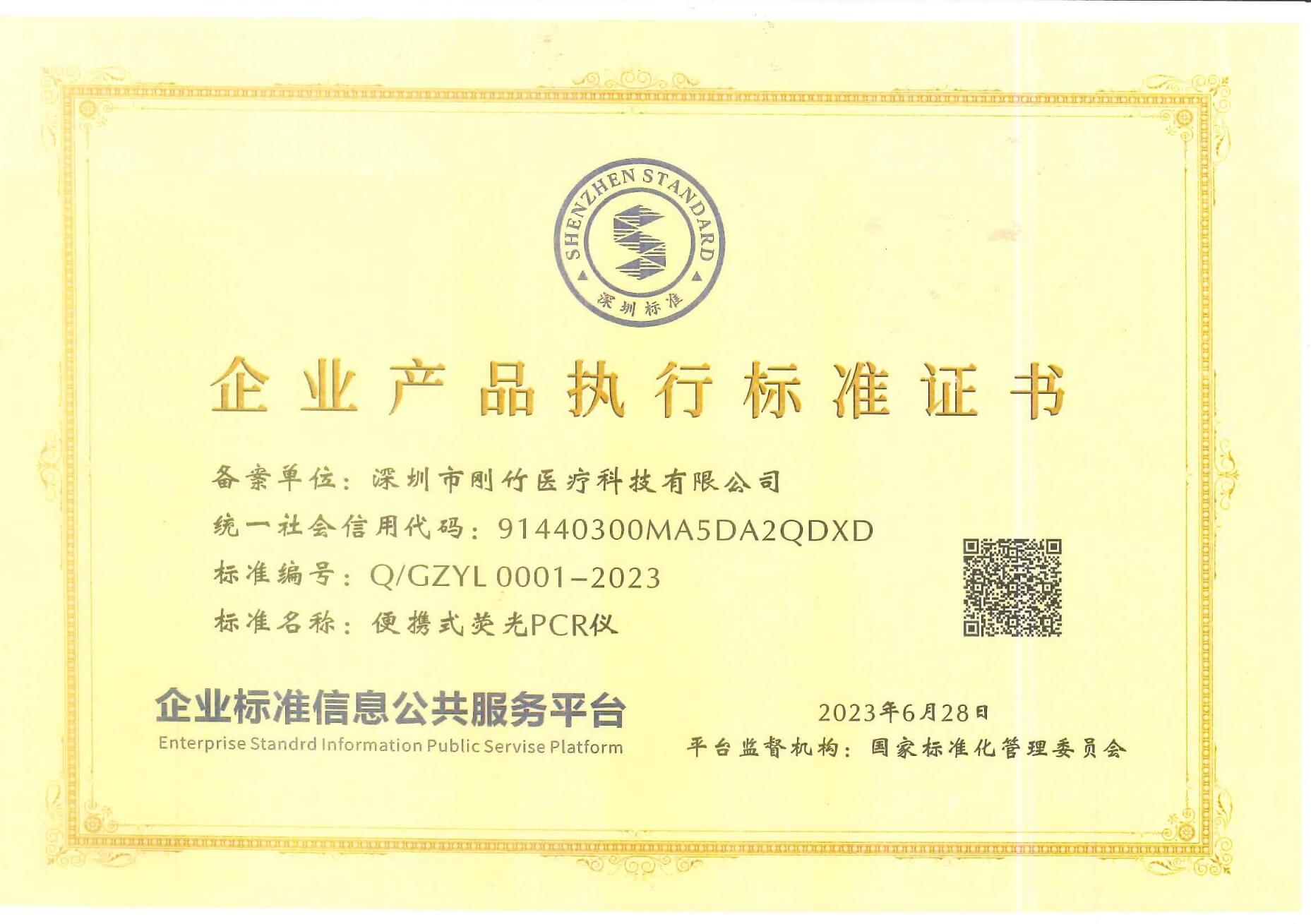 QGZYL0001-2023
QGZYL0001-2023

